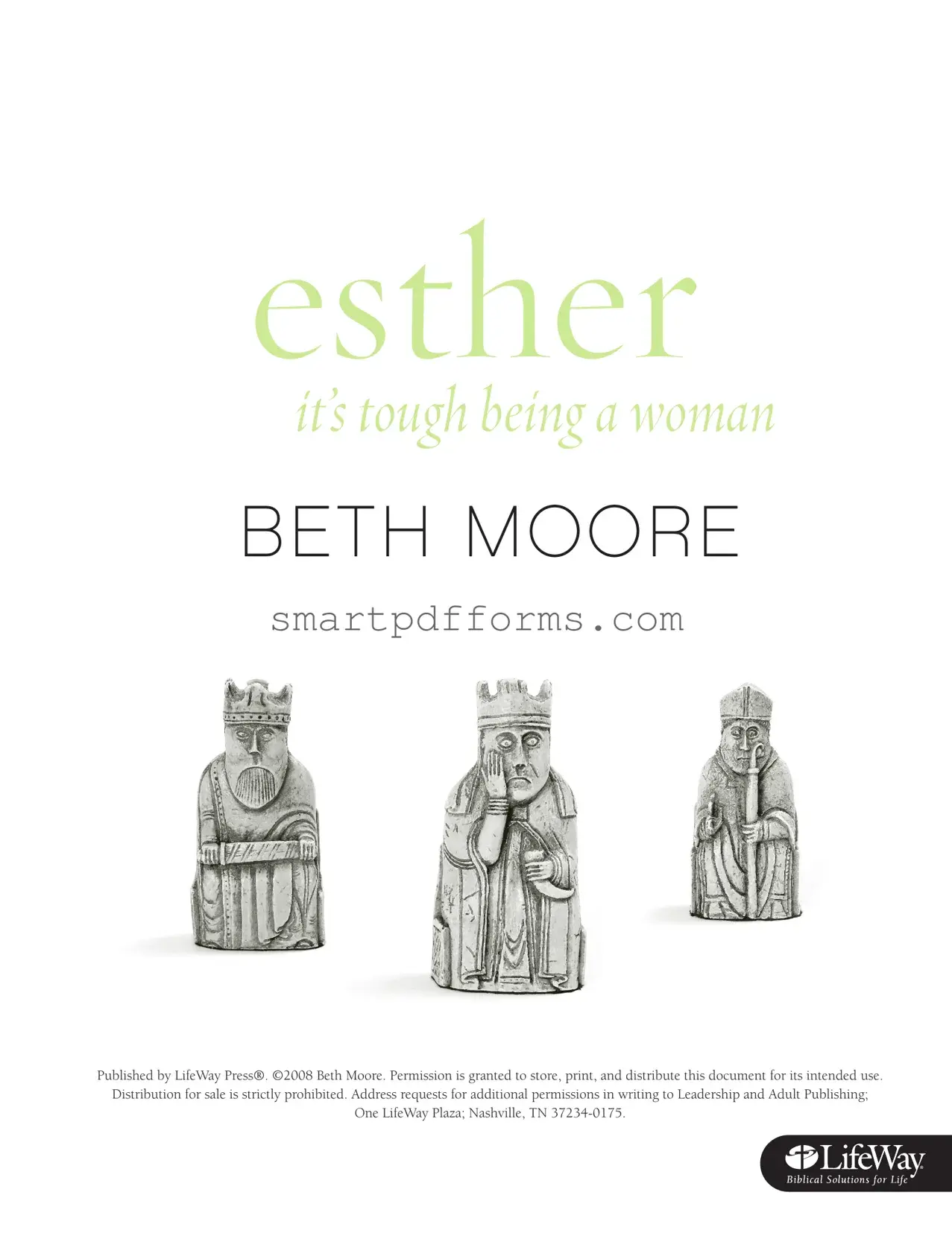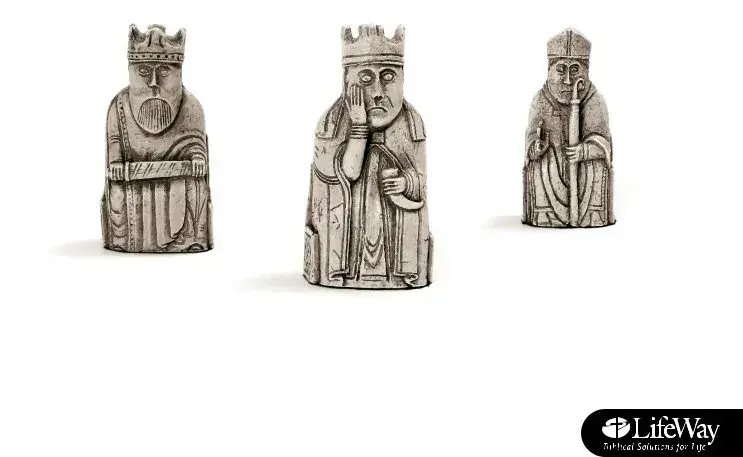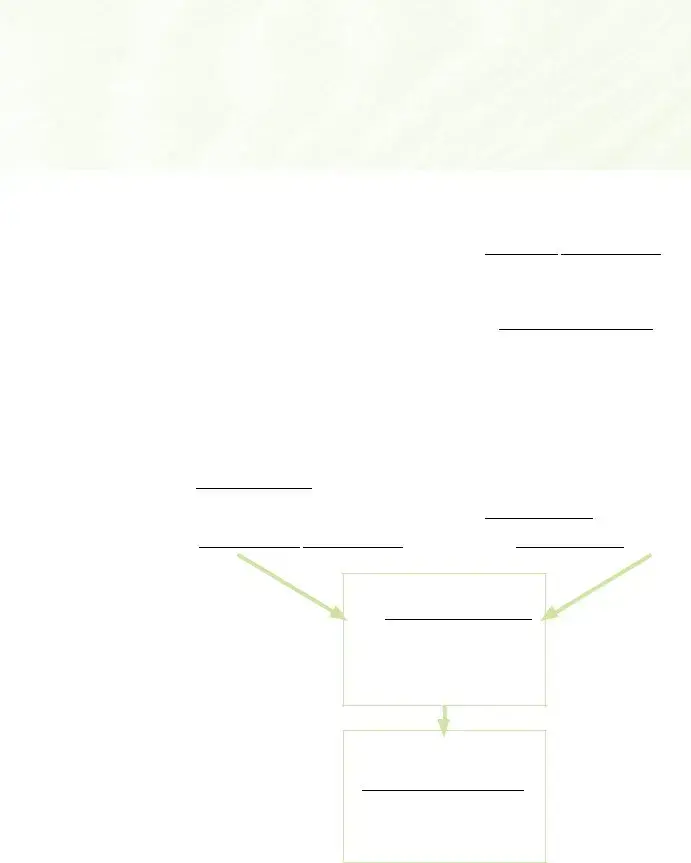Blank Beth Moore Esther PDF Template
The Beth Moore Esther form is a guided study based on the Book of Esther, emphasizing themes of providence, human responsibility, and the complexities of being a woman. Created and published by Beth Moore in 2008 through LifeWay Press®, it grants permission for its intended educational use, barring any sales. For those interested in exploring the Book of Esther's depth, including the challenging scenarios faced by women and the divine orchestration behind human events, this form offers a structured approach to engage with the material thoughtfully.
Ready to dive into Esther's story with guided insight? Click the button below to fill out the Beth Moore Esther form.
Make This Document Now










